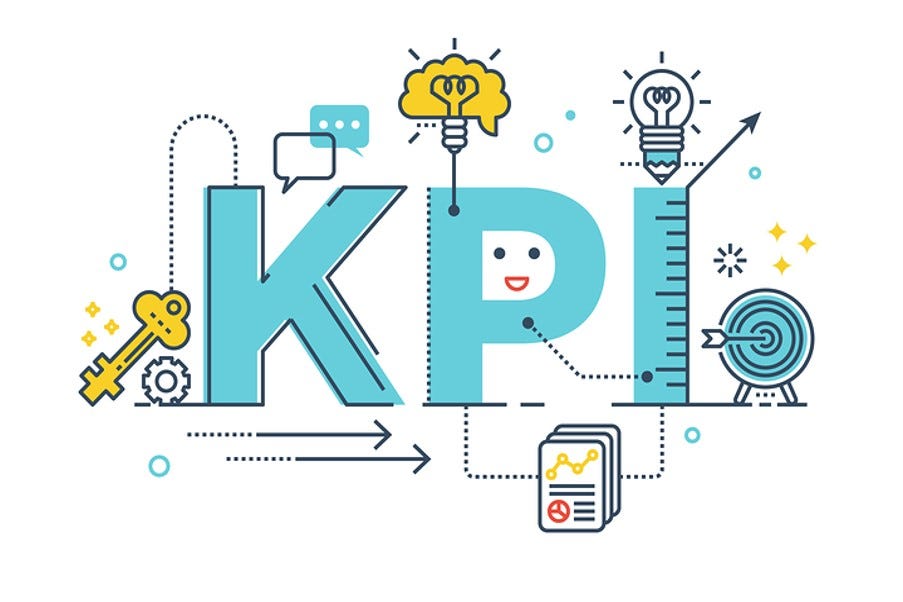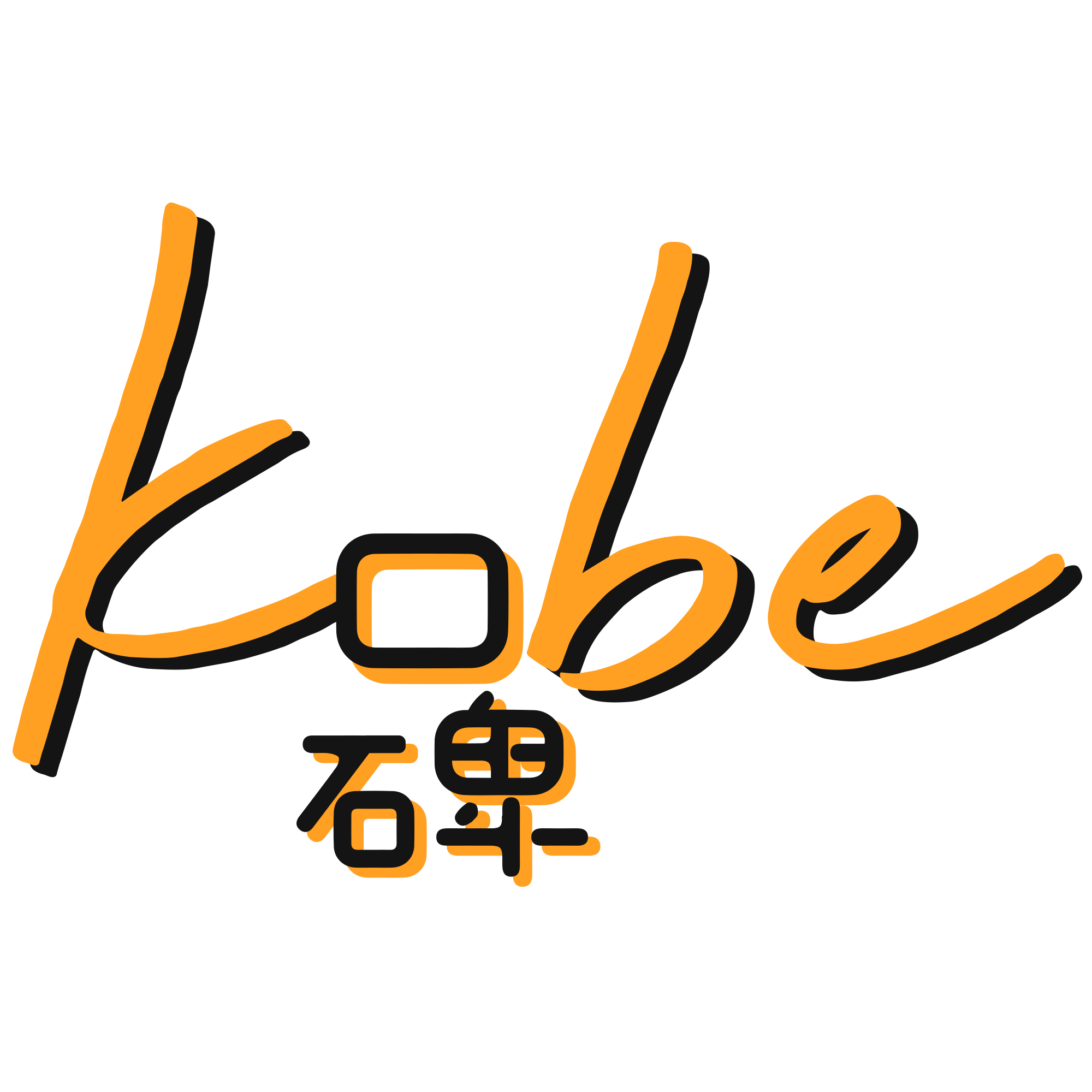Marketing performance indicator is no easy task
Figuring out how your company will grow is one of the biggest challenges facing marketers. But setting the dream marketing team up is tougher. One reason is that, individual players in many companies don’t use the same playbook. Marketers have used traditional channels such as print, radio, TV, yellow pages and outdoor ads to reach consumers.
The digital revolution

The digital revolution has proved disruptive to traditional marketing approaches. TV, radio, print and outdoor now work alongside digital marketing — search, organic and paid search, email, social and videos.
How you market is clear: Start by choosing a high-value audience, then start planning relevant and creative campaigns. Kick it off and you get results and growth for your brand. An explosion of digital channels, platforms and tools have made marketing more complex than ever. It is now easier to choose a lower-value target or launch campaigns without insight and watch growth and ROI sputter.
Why?
There are more touch points as consumers take control and are interacting with brands across multiple devices and media outlets.
The issue may actually be how your marketing performance is measured. Without accurate measurement that gives each campaign effort the proper credit toward a desired outcome, you really don’t know what’s your yield.
Have a common organisation marketing goal

Many big organisations are divided into divisions where groups of people take charge of various marketing sectors. This split is compounded by multiple layers up and down the org chart, each with a team of managers and specialists under them. With so many people in the pool leads to a complex structure. Individuals or teams working toward their individual goals, leading to ineffective optimization of marketing efforts.
Hence, it is important for all the teams to execute the same tactics with the same goal.
There’s some marketing performance example below for your reference.
Measure your marketing performance indicator accurately
To measure the effectiveness of your marketing is to truly understand the value of each consumer interaction with your brand. It’s not enough by just counting impressions or reach. You need to know the effectiveness of each marketing touch point in every consumer journey, regardless of where those touch points occur.
Make sure that your metrics align so that you’re tracking the right indicators. From a marketing perspective, this is critical. You need to track and measure progress to achieve your marketing performance kpi.
Hitting your marketing performance kpi:

(text information credit: Techco)
Conversion Rates
The percentage of leads or site visitors who perform a desired action versus the percentage of leads/visitors who do not. The “desired action” in question could be anything from buying a product, to signing up for a subscription, to opting into a newsletter, to clicking an ad. You want your conversion rates to be as high as possible so you can hit your marketing performance kpi.
Sales Revenue
If you’re not analyzing your sales revenue in relation to marketing efforts on a daily and weekly basis, you’re limiting your businesses. After all, the last thing you want to do is waste time on sales efforts that aren’t yielding results.
Cost Per Lead
It’s also important to calculate how much each lead and customer is costing you in terms of advertising budget. Are you spending more to acquire customers through inbound marketing than you are through outbound marketing? Identifying the most cost-effective method of lead generation is just one of the advantages of keeping track of this crucial marketing performance KPI. Because spending money to make money only works when you spend less than you make.
Organic Search Traffic
Developing and distributing great content related to your brand is by far the best way to increase the amount of traffic gained from organic search results.
Organic search traffic is a KPI that shows how strong your company’s ranking authority is within the search engine result pages (SERPs). Ultimately, most of your online marketing efforts should be put towards ranking higher in major search engines like Google for popular keywords and queries.
Social Media Engagement
Businesses that are firmly rooted in social media have a higher chance of continuing and thriving. It’s important to keep an eye on the amount of traffic from social media. This links back to the first point. Remember to track the number of visitors who are converted into actual customers.
As mentioned earlier, the digital revolution is coming in strong so you might want to try increasing social media engagement and presence now!




